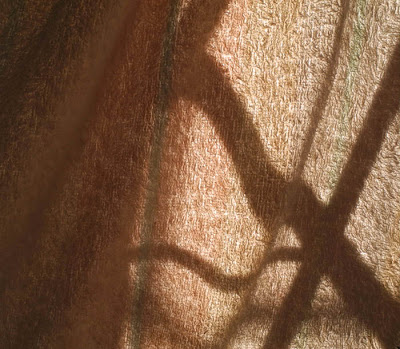Balthus,
The Mountain, 1936-37; oil on canvas, 98 x 144 in. From the Metropolitan Museum
website.
Of what use are an artist's words about their work? do they elucidate or obfuscate? How do they make us feel about the artist as a person and does that affect our view of the work? I remember my first encounter with
van Gogh's letters and how stunned I was by his vivid, intelligent writing, so far from the popular image of the disturbed artist. While I was mulling over writing this post, I read a
blog post by the artist Deborah Barlow about Philip Guston's writings and life; reading his daughter Musa Mayer's memoir left her feeling uneasy about his life. So I come to
Balthus (Balthasar Klossowski), certainly one of the great 20th century painters, but one who engenders continuing controversy. When I recently wrote a
blog post on originality, using Picasso and Balthus as examples, a lively conversation about Balthus on Facebook ensued. I mentioned this to my friend, the artist
Susan Jane Walp, who then loaned me her copy of
Vanished Splendors, an "as told to" memoir compiled during two years at the end of Balthus' life.
Balthus,
Nude with Cat, 1949; oil on canvas, 25 1/2 x 31 1/2 in. This and the following images from
Wikipaintings website.
Balthus speaks beautifully about his vocation as an artist:
what
painting really is, a skill like that of a laborer or farmer. It's like
making a hole in the ground. A certain physical effort is needed in
relation to the goal ones sets for oneself. It is a discernment of
secrets and illegible, deep, and distant paths that are timeless.
He then goes on to berate modern painting, decrying Mondrian's desertion of landscape painting. He is deeply conservative, and religious, which evokes an eloquent statement:
To paint as one prays. By doing so, to accede to silence and what is invisible in the world....To join with what is essential in this sacred world through a humble, modest availability that is also presented as an offering.
After this lovely statement, he goes on to complain of the "majority of morons mak(ing) so-called contemporary art" and I fume as I read it. And what of his most controversial paintings, those of young girls in sexual poses, paintings that make us horribly uncomfortable?
Balthus, The Room, c. 1953; oil on canvas; 106 1/2 x 132 in.
I remember seeing this huge canvas at the Balthus retrospective at the Metropolitan Museum of Art many years ago. The light, the paint, are beautiful, but the image is shocking, almost violent. The girl pulling back the curtain seems evil to me as she exposes the prone girl to the light of day. These complex images of young girls, mixing seduction and grace, light and darkness, sexuality and death, with deep mystery, push Balthus' work beyond that of mere figure painting. What does he have to say about his young models?
Some have claimed that my undressed young girls are erotic. I never painted them with that intent, which would have made them anecdotal, mere objects of gossips. I aimed at precisely the opposite, to surround them with a halo of silence and depth, as if creating vertigo around them. That's why I think of them as angels, beings from elsewhere, whether heaven, or another ideal place that suddenly opened and passed through time, leaving traces of wonderment, enchantment, or just as icons.
Is it possible he really did not see what he painted? but he also wrote this, which seems to belie his more simple statement above:
Behind nature's docile stillness and people's behavior, I've always perceived a secret, dark complexity that attracts all artists and makes them advance to the depths of forests and the abyss. This mysterious architecture gives art its vertigo.
Balthus, Large Landscape with a Tree, 1957; oil on canvas; 51 x 64 in.
Balthus' landscape paintings have a deeply quiet presence; a distillation of form, and a quality of paint make them timeless. They are an aspect of his work that draws no controversy.
This love of landscape remained with me always...I don't try to paint of reproduction of nature, but signs of a universal community and identification of a thought and deep meaning, at the same time coherent and obscurely mysterious.
Balthus, Japanese Girl with a Black Mirror, 1967; oil on canvas; 59 x 77 in.
Later in his life, Balthus painted his much younger Japanese wife, Setsuko Ideta, who he calls "The Countess", much to my annoyance. How do I feel about this admittedly great artist after reading much of the memoir? I don't like him. He was extremely conservative, snobbish, arrogant, and in love with aristocracy. Does that change my view of his paintings? I don't think so, any more than knowing about the bad behavior of so many of the New York School artists changes my attitude toward their work. Can we separate the art and the life?























































